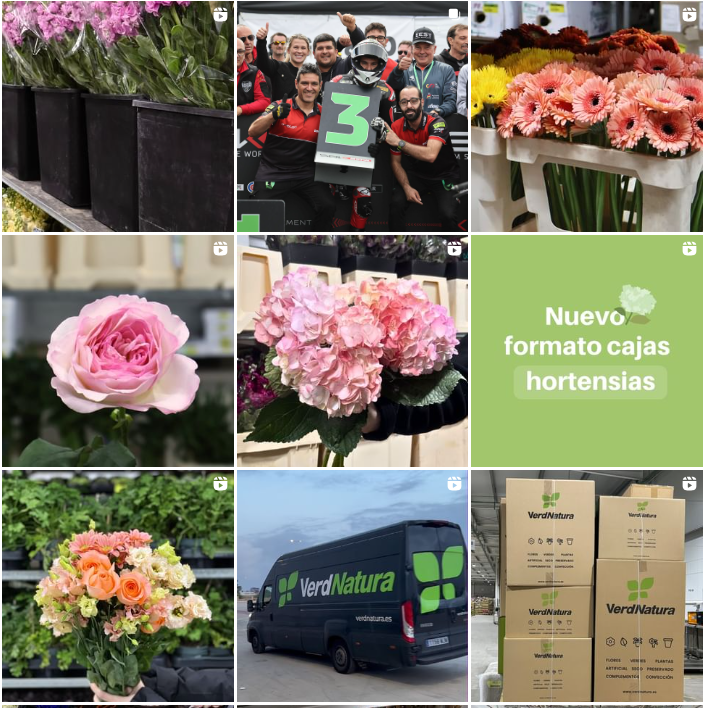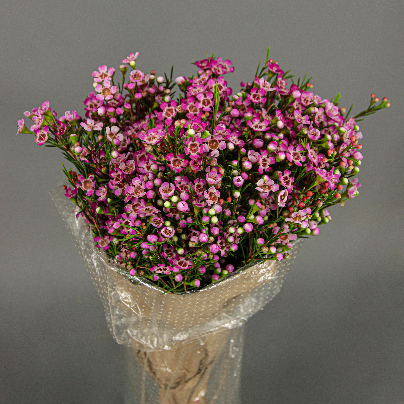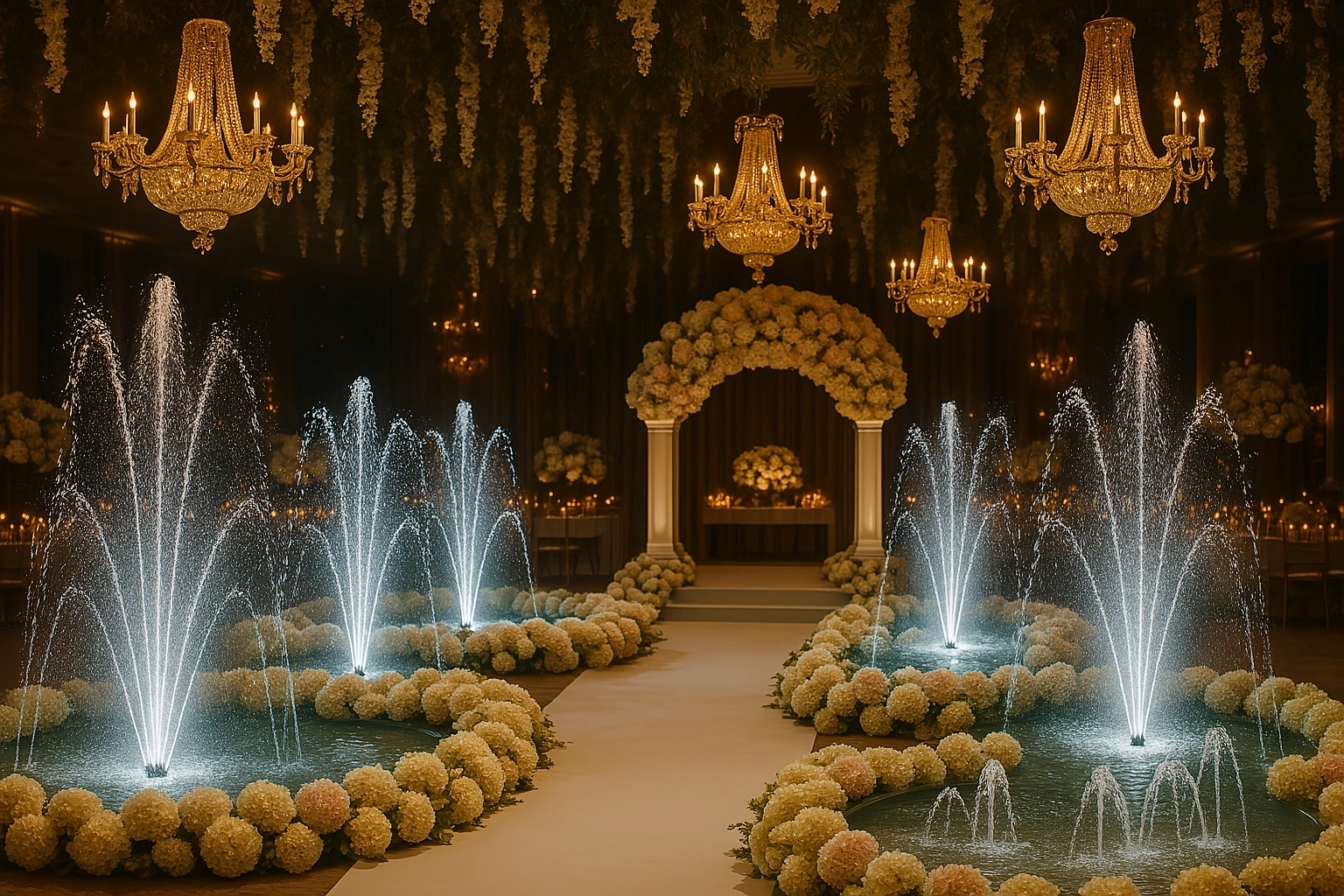Line, mass, colour – Ikebana by Leslie Weinstein
Since the beginning of the 21st century, when Leslie had her initiatory encounter with the ancient art of Ikebana, she has never stopped learning and sharing.
When we asked her to write an article about her experiences in this discipline, we knew that her words would not leave us indifferent. And so it was. So we let the teacher speak.
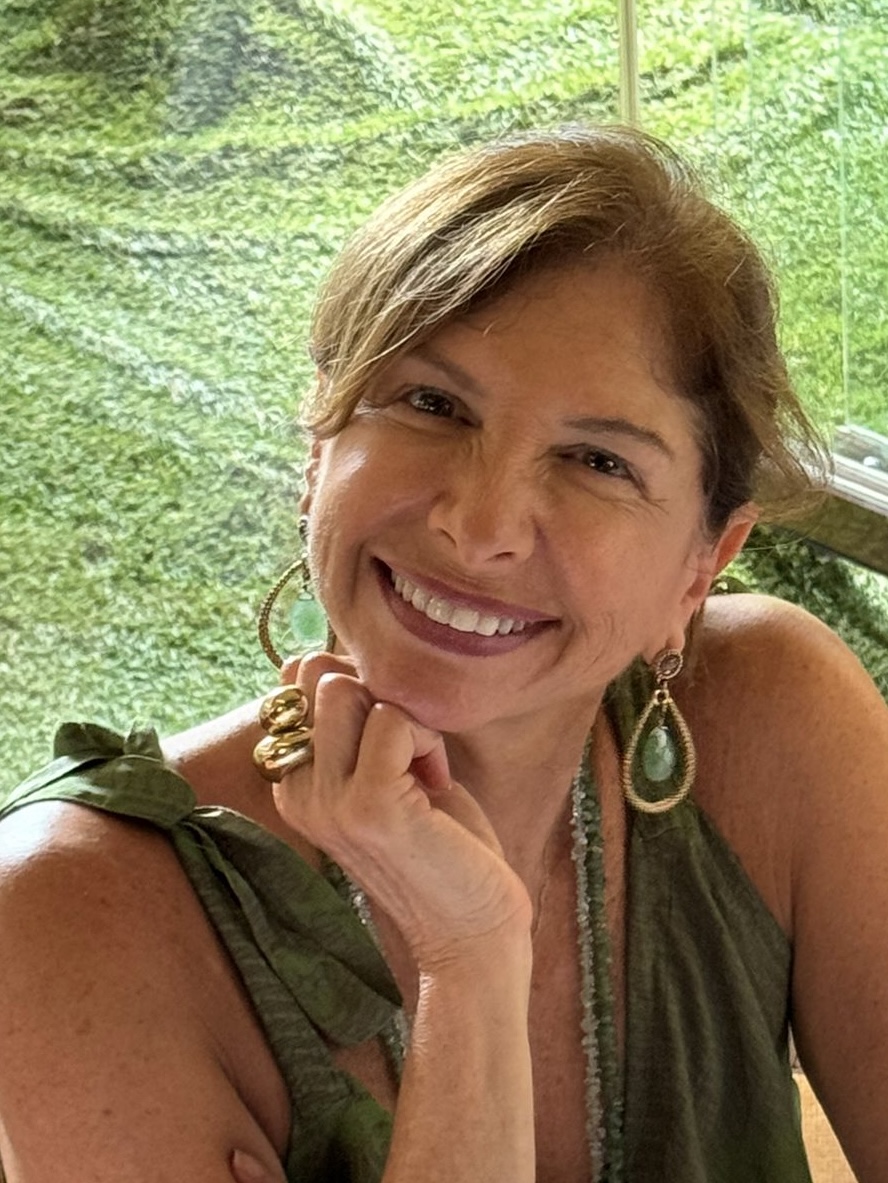
Living flower
The etymological meaning of Ikebana is ‘living flower’, and through our compositions we give new life to flowers.
When creating an Ikebana arrangement, we consider three fundamental concepts: line, mass and colour, along with the importance of empty space, asymmetry and movement.
The balance between elements and emptiness is essential, as the latter enhances the presence and beauty of each chosen component. It is in this simplicity that each detail is given prominence and harmony.
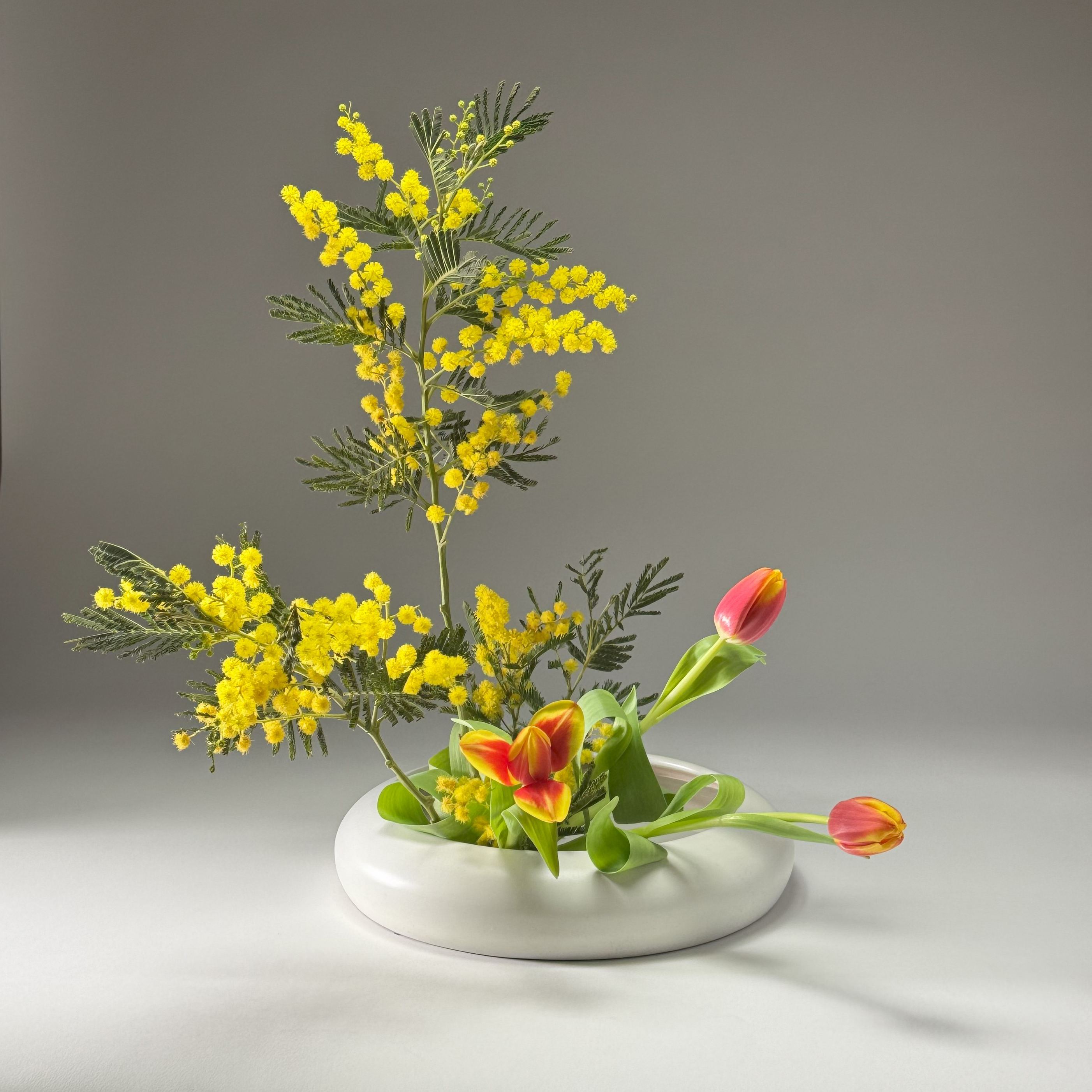
Peace, balance and harmony
My first encounter with Ikebana was more than 25 years ago, thanks to a poster advertising an exhibition at the Madrid Botanical Gardens. I found myself in such a state of contemplation, admiring the arrangement shown, that I wondered how something so simple could be so beautiful and transmit so much peace, balance and harmony.
I went to the exhibition and committed myself to learning this wonderful ancient art.
Little by little I became more involved, because the hours I spent learning were the best gift I could give myself, time to express myself through flowers and to find inner balance.
This is how I became a teacher, wanting to share with others all that the practice of Ikebana had brought me, emotionally, mentally and spiritually.
Today I write a fortnightly newsletter entitled: Ikebana, An Inner Balance, in which I share the philosophy of the Way of the Flowers. For me, it is more a philosophy of life than a floral art, where the most important thing is to enjoy the path.
The eternal student
There are more than 2000 schools of Ikebana, the best known being Ikenobo, O’Hara and Sogetsu. I am a teacher of the Sogetsu school, founded by Sofu Teshigahara in 1927. I was captivated by its modernity and creative freedom, where everything is a possibility for arrangement, creating enthusiasm in everything that passes through our hands and eyes.
Teaching Ikebana makes me the eternal student, because you always learn from everything and everyone. It is an attitude of always being open to the world.
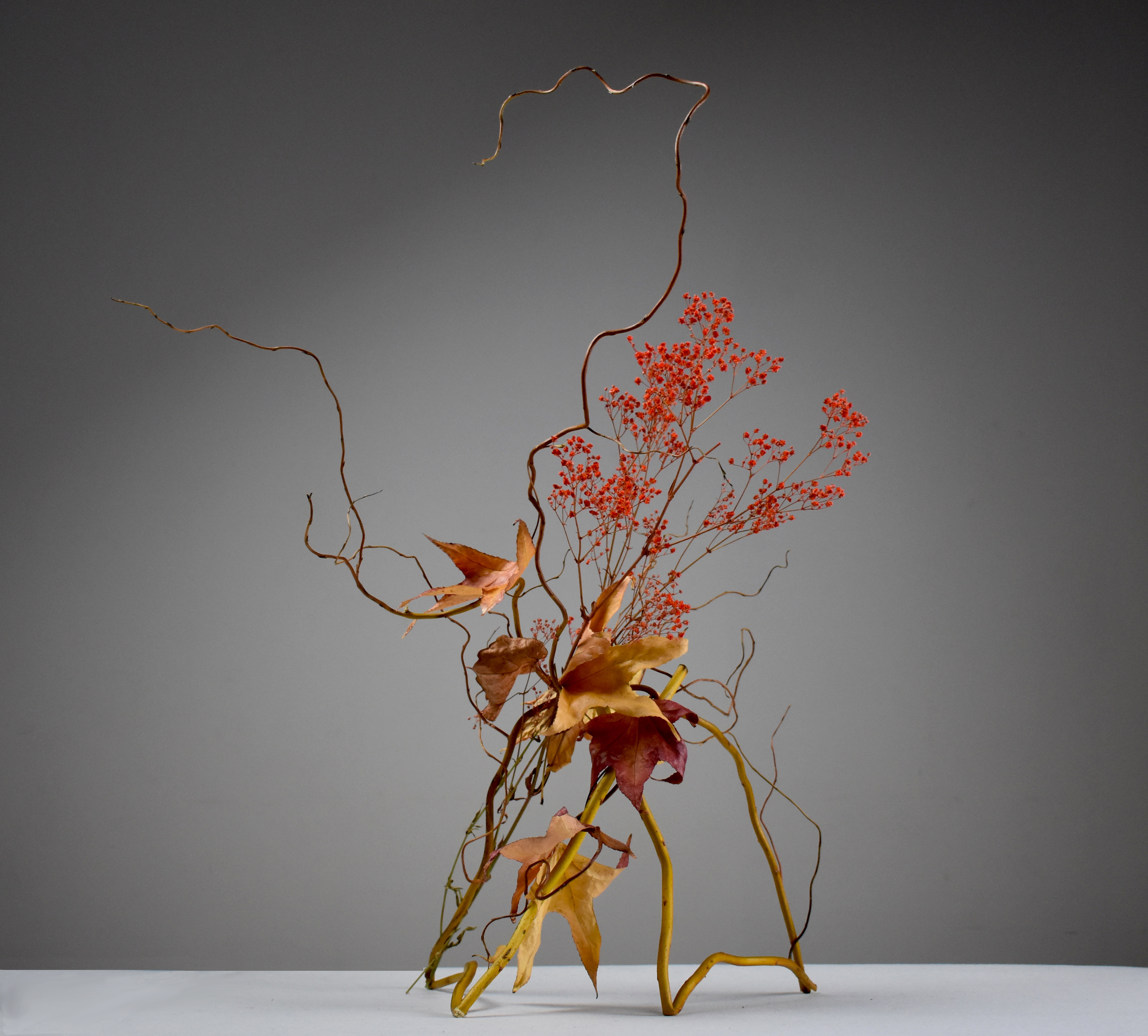
Kado
As a teacher at the Sogetsu School, I teach both face-to-face and virtual classes, following the 5 books of the curriculum to teach the techniques and the possibilities of the materials with their own characteristics. It is very gratifying to see the Kado (the way of the flowers of my students) and to be able to give each one a seed of Ikebana, so that the world can be a better place.
